Tarragon (often misspelled as "taragon") is a popular herb that adds a unique licorice-like flavor to dishes. Despite being called a "spice" in some contexts, it's actually an herb. This article covers everything you need to know about tarragon, including how to use it in cooking, where to buy it, and common mistakes to avoid.
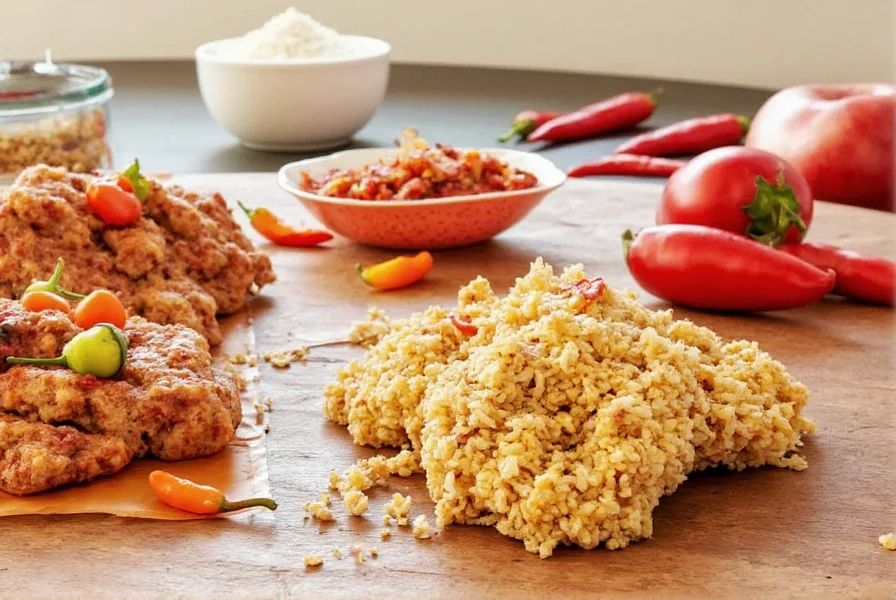
Understanding the Flavor Profile
Tarragon has a distinct anise-like flavor with subtle sweetness and mild bitterness. Its unique profile makes it essential in French cuisine, particularly in classic sauces like Béarnaise. Understanding its flavor characteristics is crucial for proper usage.
| Flavor Characteristics | Description |
|---|---|
| Anise | Mildly sweet with subtle licorice notes |
| Sweetness | Delicate and refreshing, not overpowering |
| Bitterness | Very subtle, balanced with sweetness |
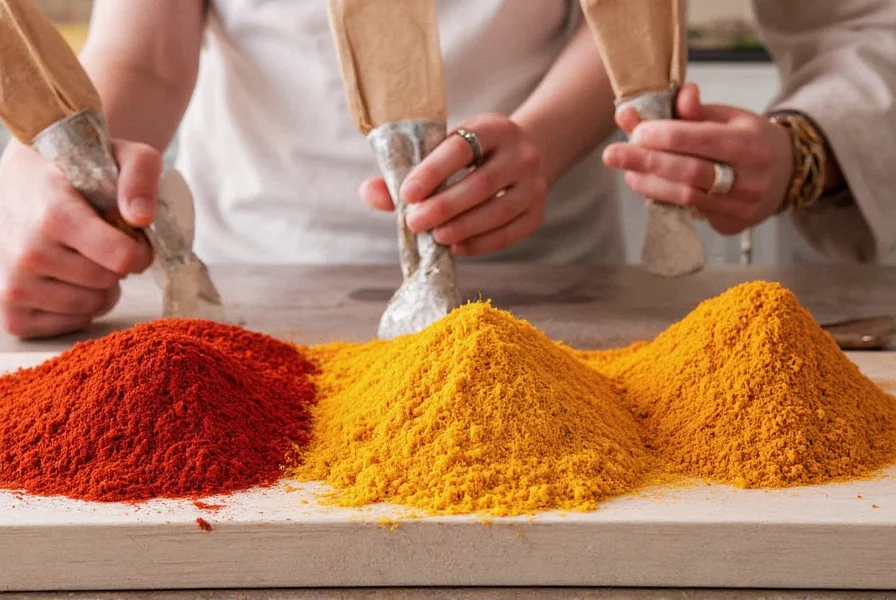
Expert Cooking Tips for Tarragon
Professional chefs recommend these precise techniques for maximizing tarragon's flavor:
- Add at the end of cooking: Tarragon's delicate compounds break down with heat. Always stir it in during the last 1-2 minutes of cooking to preserve its flavor.
- Use fresh when possible: Fresh tarragon has 2-3x more volatile oils than dried. For sauces or dressings, use 1 tsp fresh per 1/2 tsp dried.
- Perfect pairings: Works exceptionally with chicken (especially in Béarnaise sauce), seafood (salmon, shrimp), eggs (quiche), and vegetables (asparagus, artichokes).
- Make herb butter: Blend 2 tbsp softened butter with 1 tbsp chopped fresh tarragon, 1 tsp lemon zest, and a pinch of salt. Chill and use on grilled fish or steak.
- Never substitute fully: While basil + fennel can mimic some notes, tarragon's unique profile has no perfect substitute. Use only when the recipe specifically calls for it.
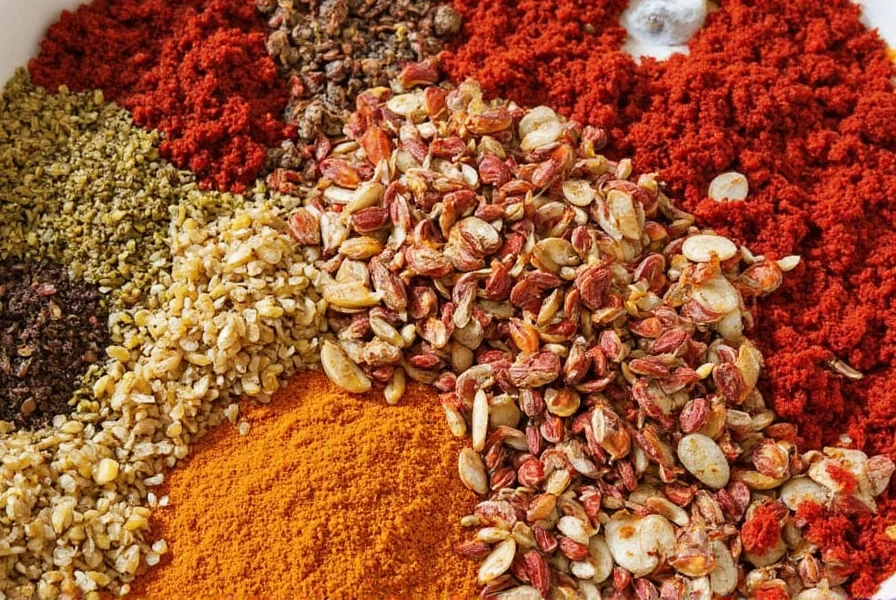
Professional Buying Guide for Tarragon
Learn how to select the highest quality tarragon from these expert guidelines:
Fresh Tarragon Selection
- Appearance: Look for vibrant green leaves with no yellowing or browning. Stems should be firm and snap when bent.
- Aroma: Crush a leaf between your fingers - it should release a strong, sweet anise scent. Avoid any musty or moldy odors.
- Origin: French tarragon (Artemisia dracunculus var. sativa) is the culinary standard. Russian tarragon (Artemisia dracunculoides) is inferior for cooking.
- Where to buy: Specialty grocers (Whole Foods, Trader Joe's) or farmers' markets. Avoid pre-packaged plastic containers; loose bunches in refrigerated sections are best.
Dried Tarragon Selection
- Color: Should be bright green, not brown or faded. Dark color indicates oxidation and flavor loss.
- Texture: Leaves should be crumbly but not powdery. Avoid dusty or clumped products.
- Expiration: Check for harvest date - dried tarragon loses potency after 6 months. Buy small quantities for frequent use.
- Storage: Keep in airtight glass jars away from light and heat. Never store in plastic bags.
Professional Use Cases
- Sauces: Essential for Béarnaise (use 1 tbsp fresh per batch), tartar sauce, and hollandaise
- Seafood: Perfect for salmon fillets (rub with tarragon, lemon, and olive oil before baking)
- Preserving: Infuse vinegar for salad dressings or make tarragon-infused olive oil
- Garnish: Use whole sprigs on roasted chicken or as a decorative element on plated dishes
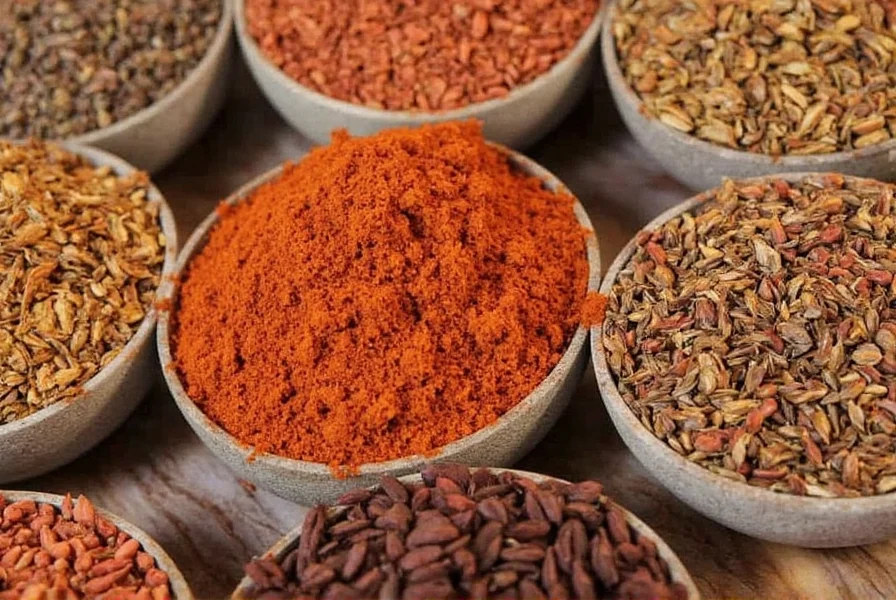
Top 5 Mistakes Chefs Make with Tarragon
Even experienced cooks often mishandle this delicate herb. Avoid these critical errors:
- Adding too early: Cooking tarragon for more than 2 minutes destroys its volatile oils. Always add at the very end of cooking.
- Using dried when fresh is required: Dried tarragon lacks the bright, complex notes of fresh. Never substitute dried for fresh in cold applications like salads or dressings.
- Pairing with strong flavors: Tarragon gets overwhelmed by garlic, chili, or smoked ingredients. Best used in dishes with subtle flavors.
- Storing improperly: Fresh tarragon should be wrapped in damp paper towel and stored upright in water (like flowers) in the refrigerator. Dried tarragon must be kept in dark glass containers away from heat sources.
- Ignoring variety differences: Russian tarragon has 70% less flavor than French tarragon. Always check labels for "French tarragon" specifically.
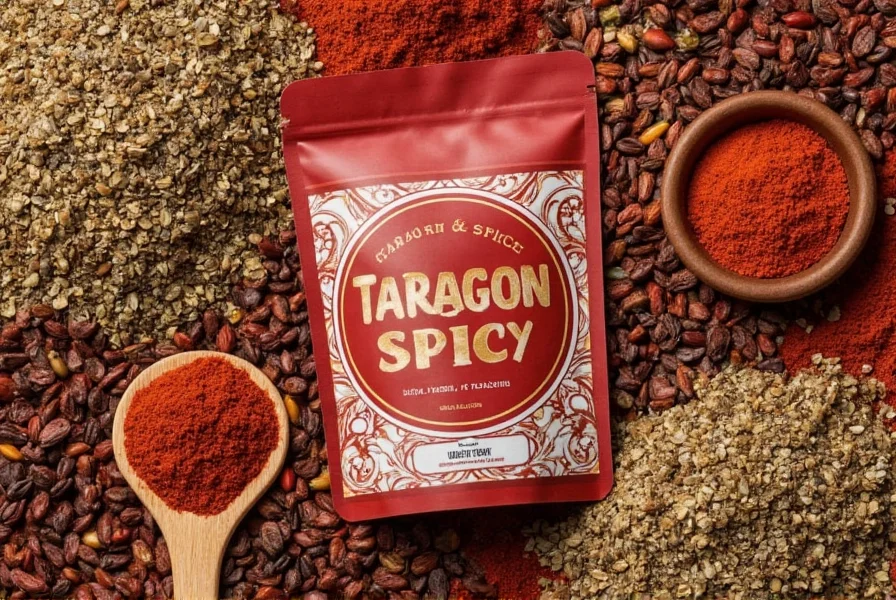
Frequently Asked Questions
Is "taragon" the correct spelling?
No. The correct spelling is "tarragon" with double "r". "Taragon" is a common misspelling. The herb's scientific name is Artemisia dracunculus, and culinary references consistently use "tarragon".
What's the difference between French and Russian tarragon?
French tarragon (the culinary standard) has a strong anise flavor with complex sweetness. Russian tarragon is milder, grassier, and lacks depth. It's primarily ornamental and not suitable for cooking. Always check labels for "French tarragon" - Russian varieties are often sold as "tarragon" but are inferior.
What's the best substitute for tarragon?
No perfect substitute exists, but for sauces: 1 tsp fresh basil + 1/4 tsp fennel seeds. For dried: 1/2 tsp dried basil + 1/8 tsp ground anise. Never use more than 1/3 the amount of tarragon called for. Best to buy fresh tarragon when possible.
How long does fresh tarragon last?
Properly stored: 10-14 days. Place stems in a glass with 1 inch of water, cover loosely with a plastic bag, and refrigerate. Change water every 2 days. Never wash before storage - moisture accelerates spoilage.
Does tarragon have health benefits?
Tarragon contains antioxidants like rosmarinic acid and is a good source of manganese, iron, and vitamin C. Studies (Journal of Agricultural and Food Chemistry, 2018) suggest potential anti-inflammatory properties, but it should be consumed as part of a balanced diet, not as a medicinal treatment. Always consult a healthcare professional for health concerns.
What dishes pair best with tarragon?
Tarragon shines in: classic French Béarnaise sauce, roasted chicken with lemon and tarragon, salmon with tarragon-dill cream sauce, asparagus with tarragon vinaigrette, and egg dishes like quiche or omelets. It also enhances vinegar for salad dressings and makes excellent herb butter for seafood.
Conclusion: Mastering Tarragon in Your Kitchen
Tarragon is a versatile herb that elevates dishes with its distinctive anise flavor when used correctly. By understanding its flavor profile, selecting high-quality varieties, and avoiding common mistakes, you can transform ordinary meals into gourmet creations. Remember: always use fresh when possible, add at the end of cooking, and pair with complementary ingredients. With these professional techniques, tarragon will become an indispensable tool in your culinary repertoire.
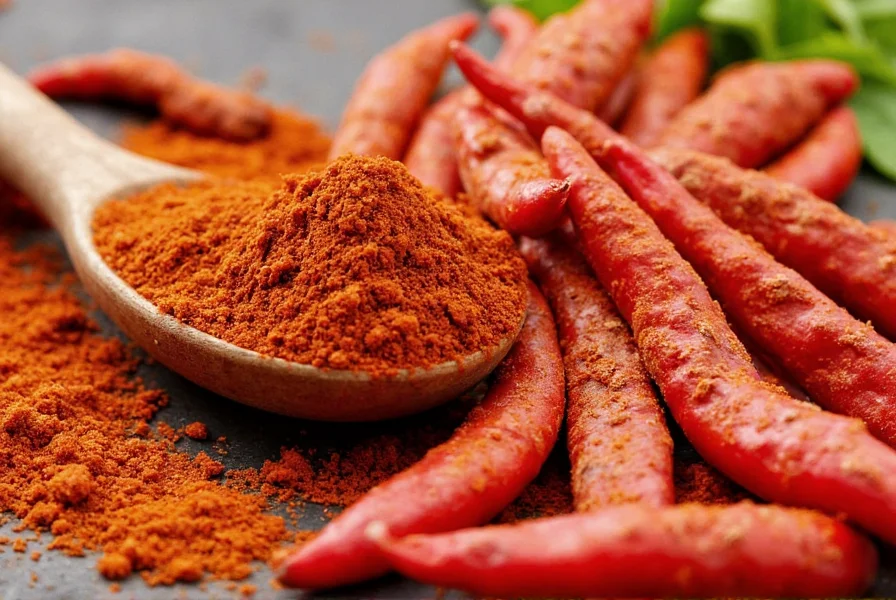

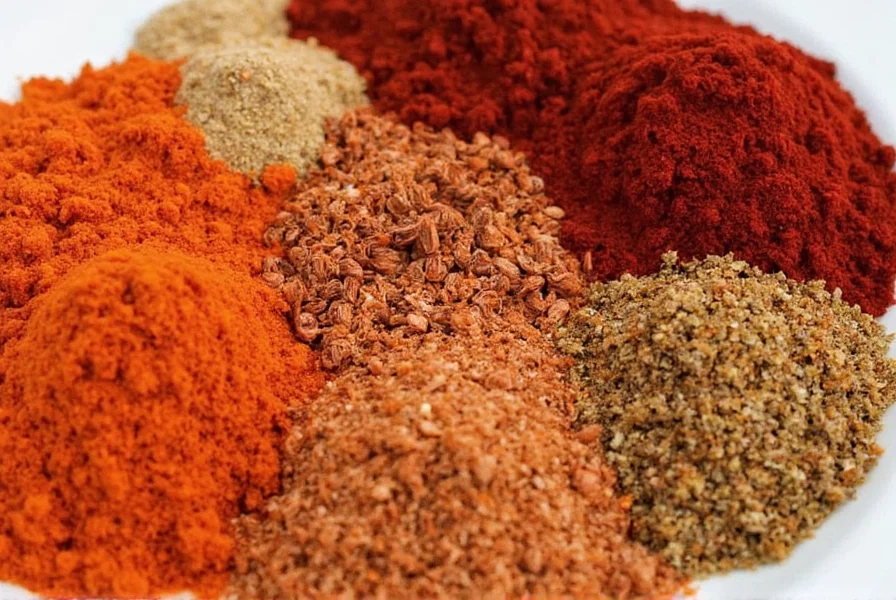









 浙公网安备
33010002000092号
浙公网安备
33010002000092号 浙B2-20120091-4
浙B2-20120091-4